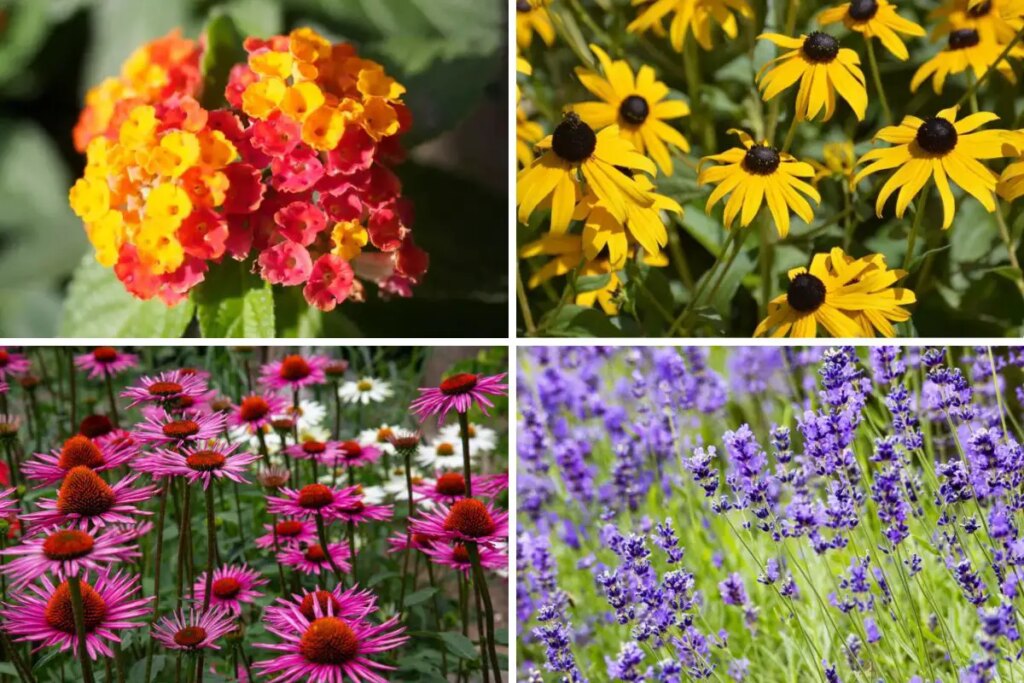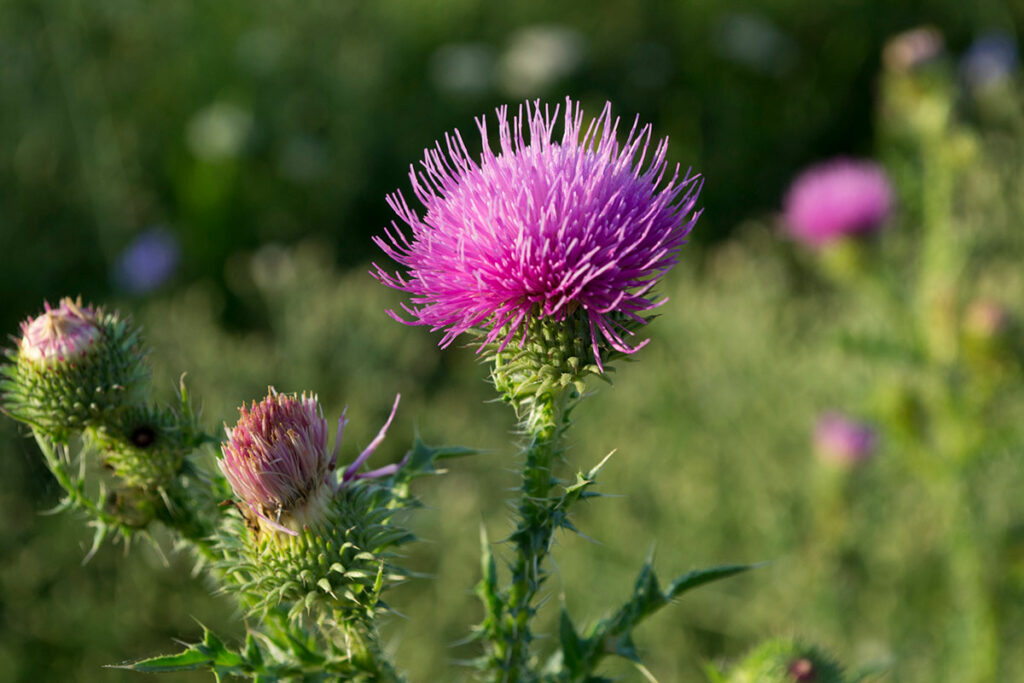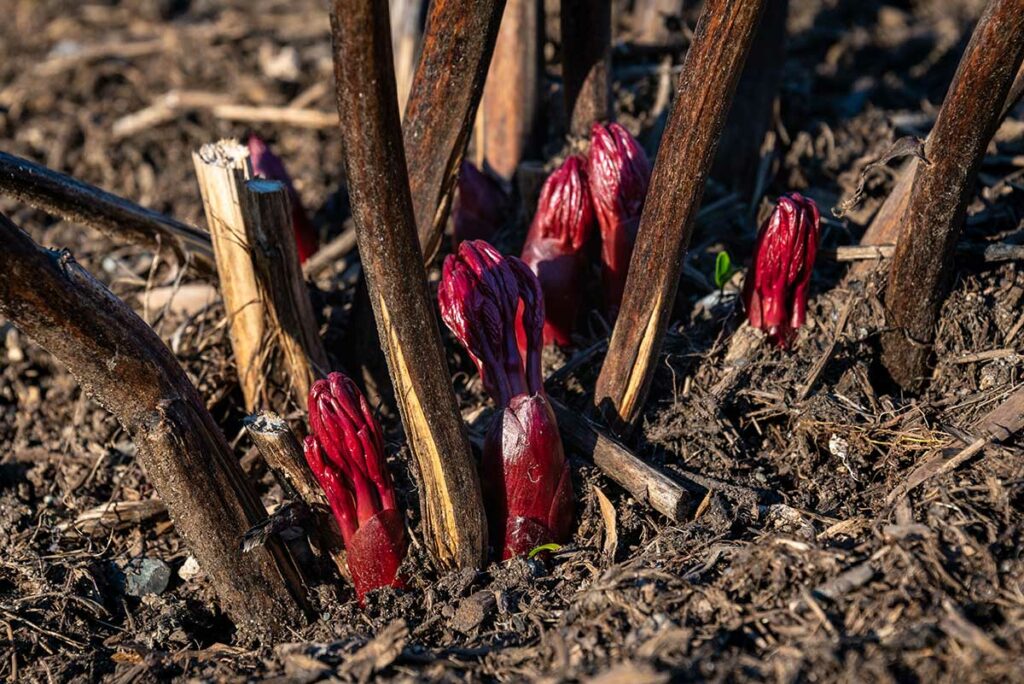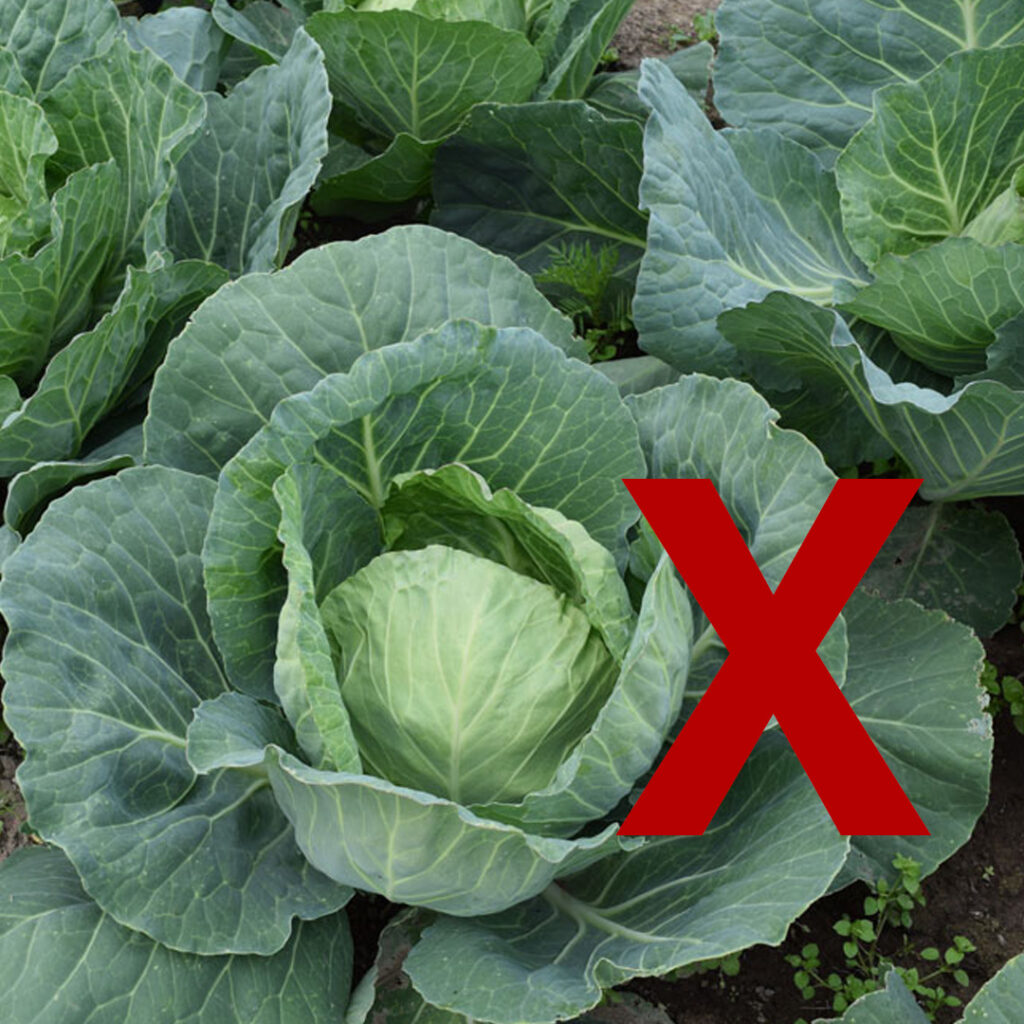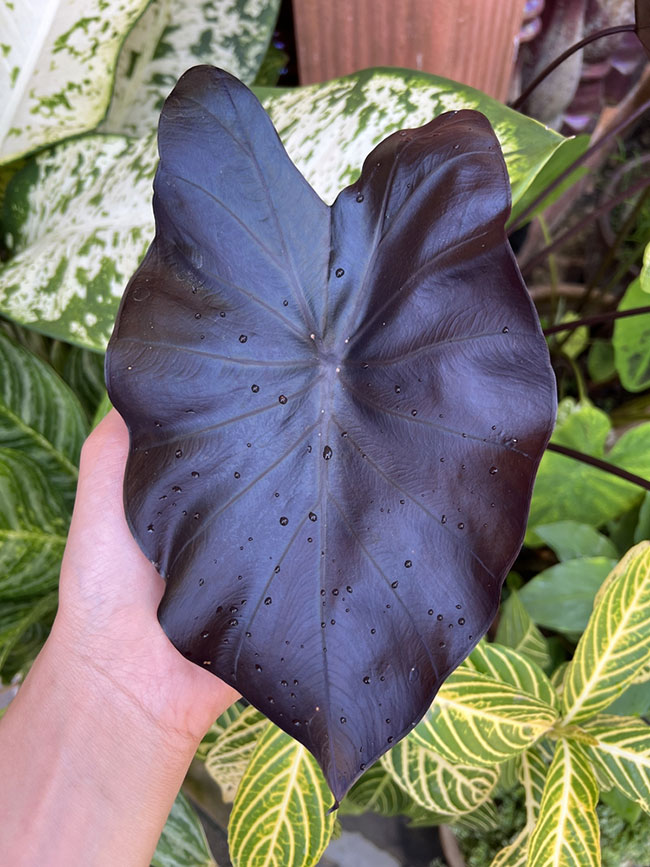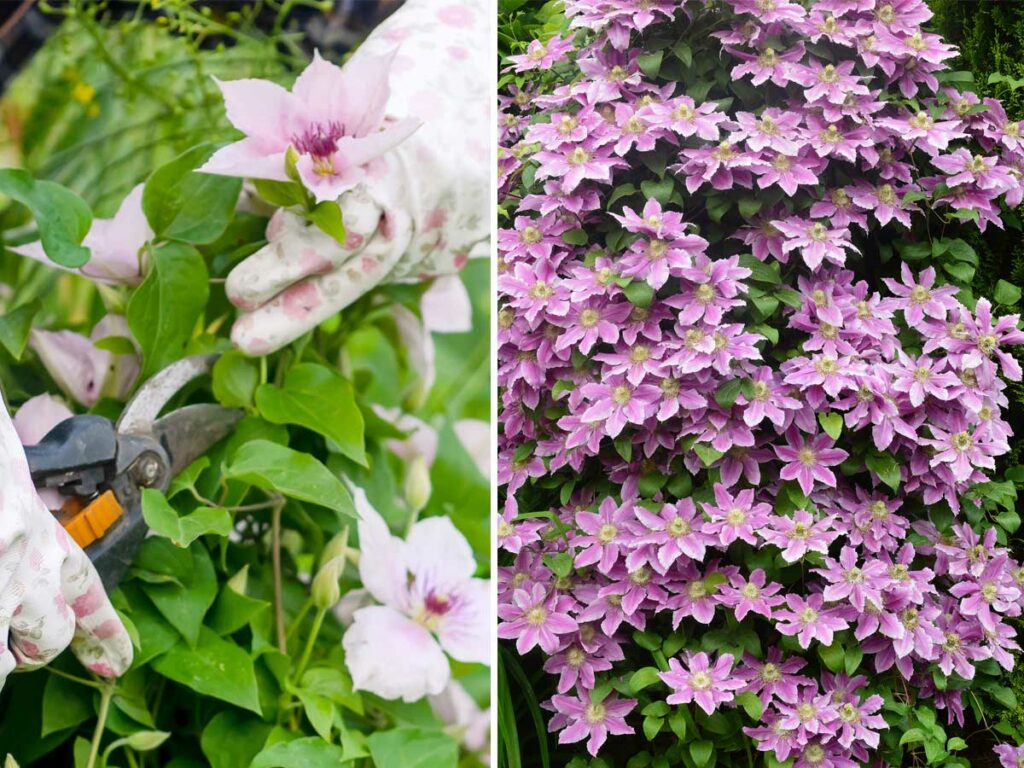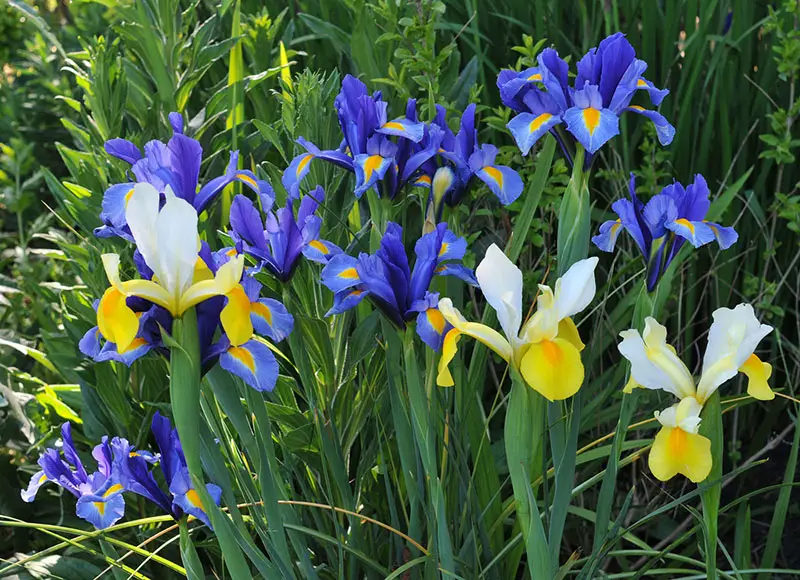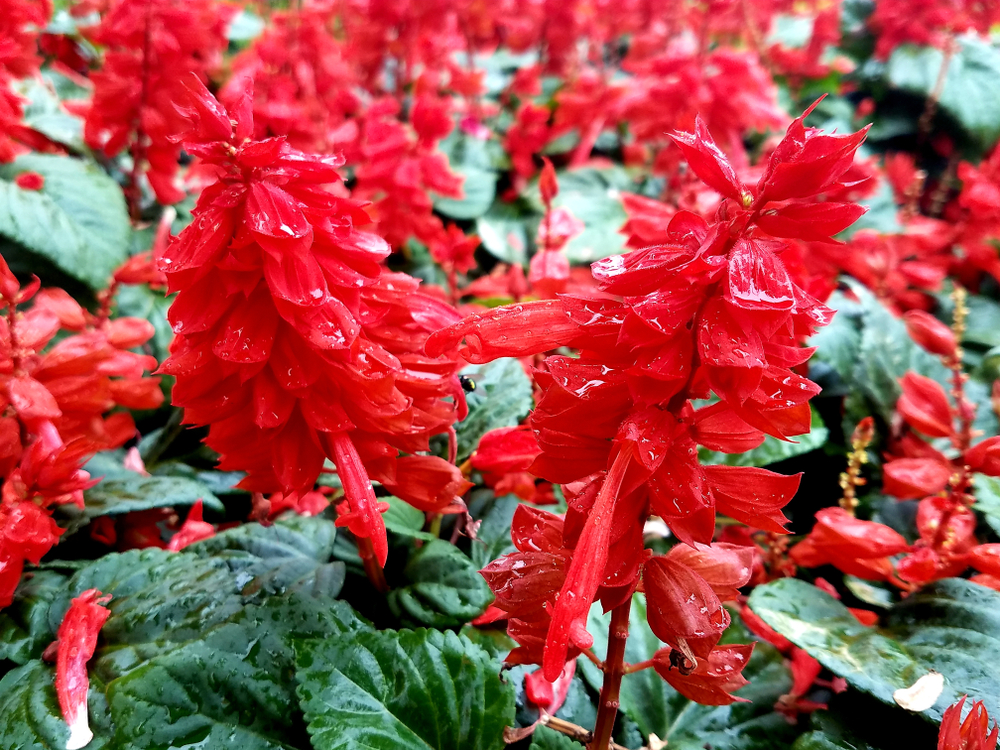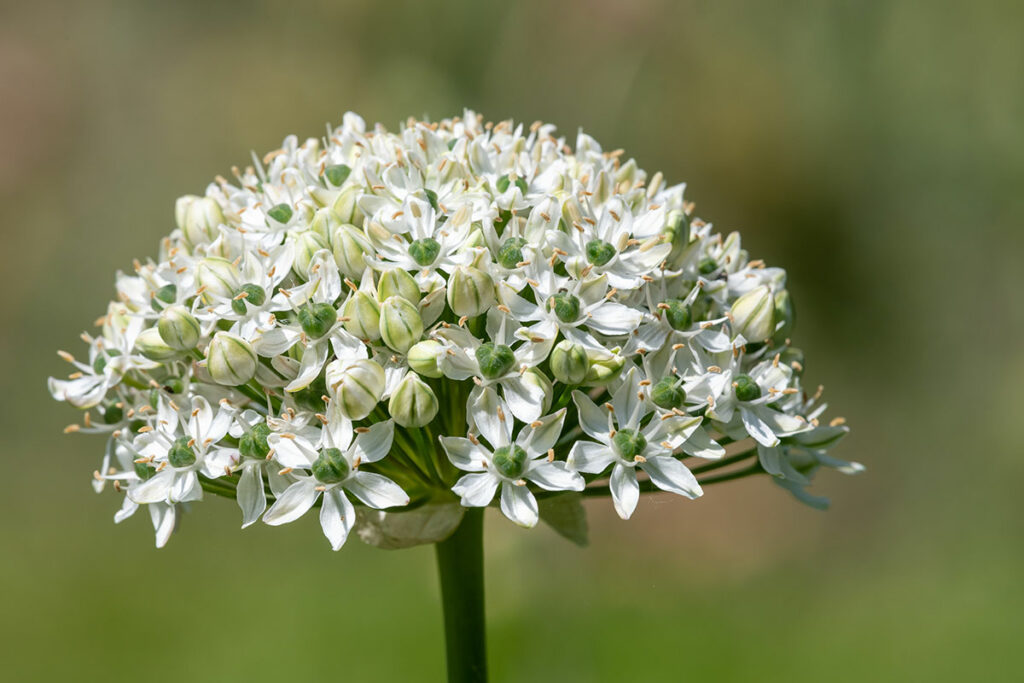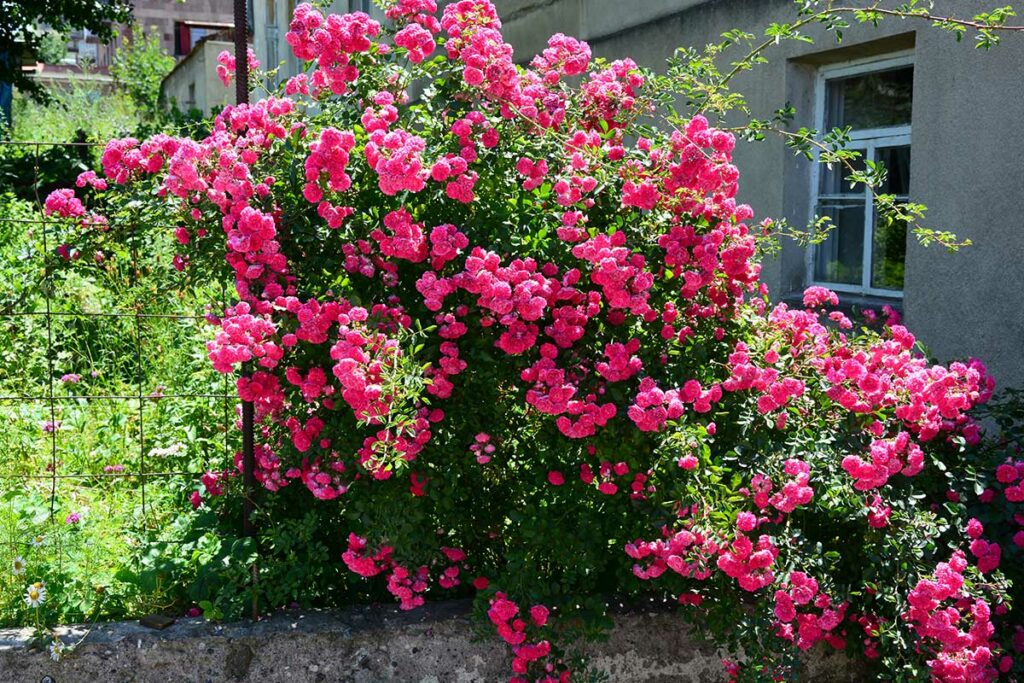
Climbing roses are a beautiful addition to any garden, adding elegance and charm with their stunning blooms. Throughout the summer months, maintaining their rich color and continuous flowering can be a rewarding challenge. With the right care and attention, it’s possible to keep your climbing roses blooming and vibrant all season long.
Understanding the secrets to successful climbing rose care is crucial to achieving this goal. By implementing these tried-and-true methods, you can promote consistent blooms and ensure your climbing roses reach their full potential. From proper planting techniques to diligent care throughout the season, these tips will help transform your garden into a captivating display of continuous blooms.
Key Takeaways
- Discover methods to promote continuous blooming in climbing roses
- Learn effective planting and caring techniques for optimal rose growth
- Prevent and troubleshoot common issues to maintain vibrant, healthy roses
3 Secrets To Success
Choose The Right Variety
When it comes to keeping your climbing roses blooming all summer, the first secret is to choose the right variety. Different types of roses have different blooming cycles, so it’s essential that you choose a variety that’s known for its continuous or repeat flowering. Look for climbing roses such as ‘New Dawn,’ ‘Climbing Iceberg,’ or ‘Zephirine Drouhin’ to ensure your garden has beautiful blooms throughout the season.
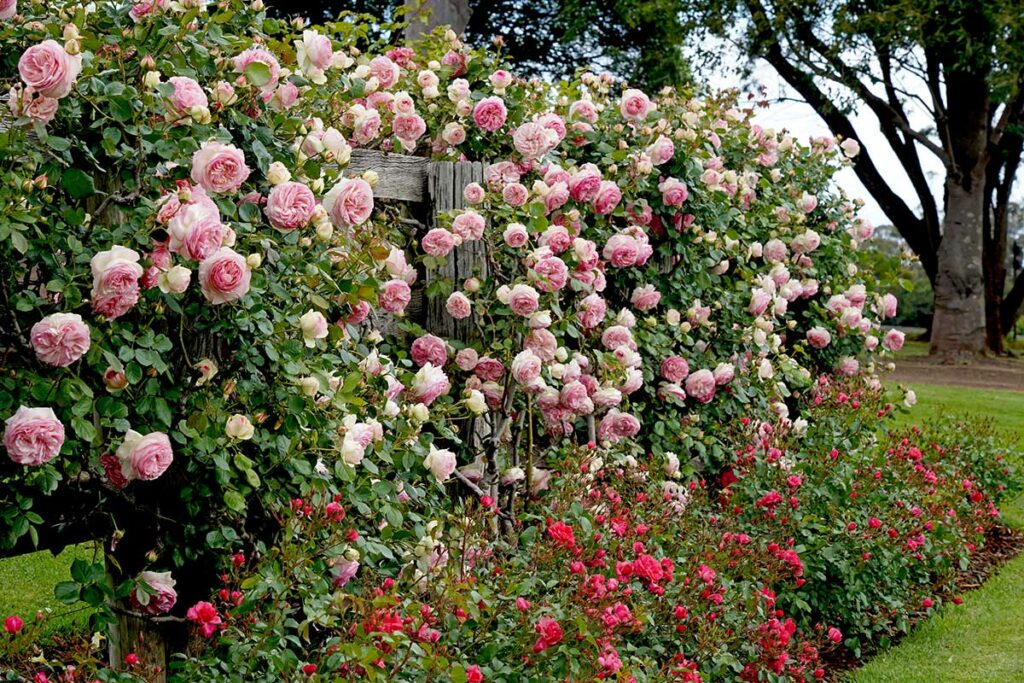
Pruning Techniques
The second secret to success is using the correct pruning techniques. Pruning helps promote growth, delays flowering, and ensures your climbing roses produce more blooms. Follow these easy steps for effective pruning:
- Prune during the dormant season, typically in late winter or early spring.
- Remove any dead, damaged, or diseased branches using clean, sharp tools.
- Cut back the older, thicker canes to about 12 inches from the ground.
- Trim the side shoots or lateral branches to encourage vigorous growth and flowering.
Remember to sanitize your tools before and after pruning to prevent the spread of disease.
Fertilizing And Watering
Finally, keeping your climbing roses blooming all summer depends on proper fertilizing and watering. Here’s how you can do it successfully:
- Fertilize your roses every 4-6 weeks during the growing season with a balanced rose-specific fertilizer. It should provide essential nutrients, such as Nitrogen, Phosphorus, and Potassium. Additionally, add organic matter like compost or aged manure to enrich the soil and improve overall plant health.
- Water your climbing roses deeply and consistently, providing about 1-1.5 inches of water per week, depending on rainfall and temperature. Be sure to water at the base of the plant and not on the foliage to avoid fungal diseases.
By following these three secrets, you’ll be able to enjoy a stunning display of climbing roses throughout the entire summer season. So go ahead and apply these tips to your garden for a glorious display of blooms.
Planting Tips For Climbing Roses
Selecting The Perfect Location
When choosing a spot for your climbing roses, keep these factors in mind:
- Sunlight: Make sure the location gets at least 6 hours of sunlight daily, as roses prefer full sun. However, a little afternoon shade can benefit them in hotter climates.
- Air Circulation: Good air circulation can help prevent diseases. Avoid planting your roses in tight spaces and ensure there’s some distance from other plants and structures.
- Support: Your climbing roses will need a reliable support system, such as a trellis, arbor, or fence.
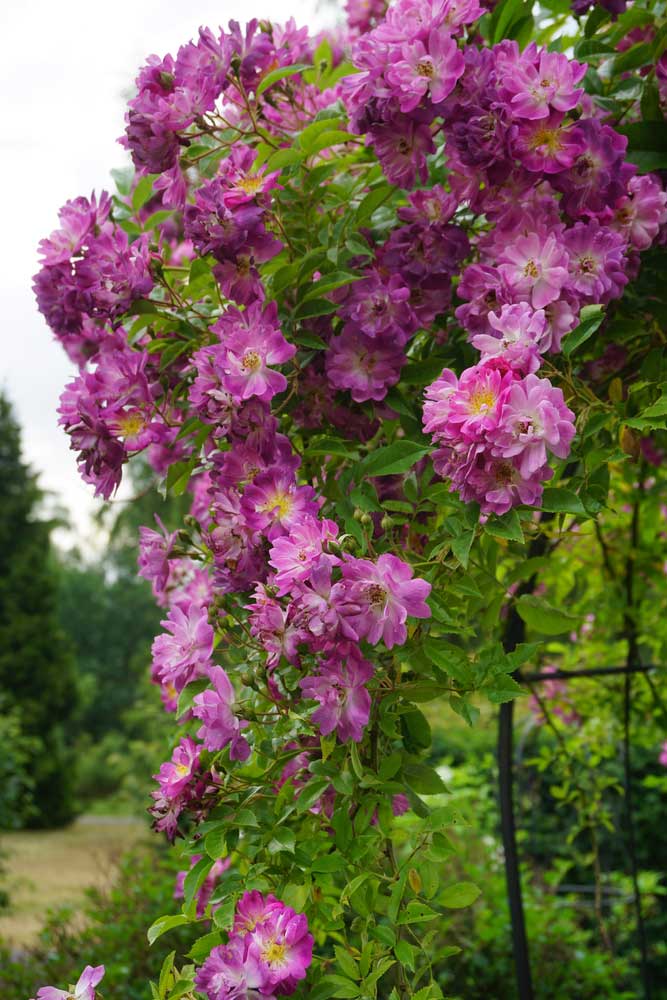
Soil Preparation
Climbing roses thrive in well-draining, fertile soil. Here’s how to prepare the soil for planting:
- Test the pH: Roses prefer slightly acidic to neutral soil with a pH between 6.0 and 7.0. Use a soil test kit to check the pH, and amend if necessary.
- Loosen the soil: Dig a hole 12-18 inches deep and wide, loosening the surrounding soil to encourage root growth.
- Amend the soil: Mix aged manure or compost into the excavated soil to improve fertility and drainage. Add some bone meal or phosphorus for stronger roots.
Caring Tips Throughout The Season
Climbing roses will bring beauty and fragrance to your garden all summer long if you give them the proper care they need. Here are some essential tips to help keep your climbing roses blooming all season.
Pest And Disease Control
Roses can be prone to pests and diseases, so it’s crucial to keep an eye on them and act quickly if you notice anything abnormal. You can do the following to prevent and control problems:
- Regularly inspect your roses for signs of pests and diseases.
- Remove any infected or damaged leaves and dispose of them properly to avoid spreading the problem.
- Spray your roses with a suitable insecticide or fungicide if you find an infestation.
Proper Training And Support
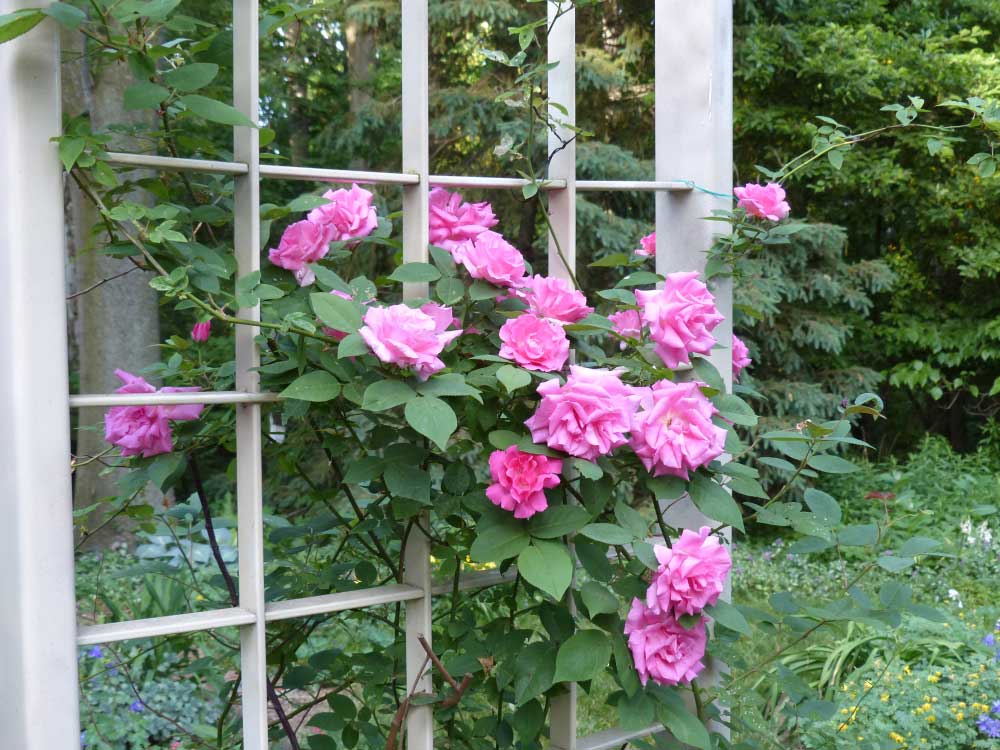
Training and supporting your climbing roses is vital for their health and appearance. Follow these simple steps to ensure they grow strong and beautiful:
- Provide a sturdy support structure, such as a trellis or arbor, for your roses to climb on. Make sure it’s secure and able to handle the weight of the plant as it grows.
- Gently tie the main canes to the support structure using soft plant ties or strips of fabric. Space the ties about 18 inches apart to evenly distribute the weight of the plant.
- Encourage lateral growth by bending the main canes horizontally. This will promote more blooms and a fuller appearance.
- Prune your roses regularly to remove dead or damaged branches and to maintain the desired shape. Always use sharp, clean tools to make clean cuts.
Common Issues And Troubleshooting
Yellowing Leaves
Yellow leaves can be a common issue for climbing roses. Don’t worry, it’s not the end of the world! There are a few common reasons for yellowing leaves, such as over-watering, under-watering, or nutrient deficiencies. To address this issue:
- Check the soil moisture: Make sure you’re not over-watering or under-watering your roses. The soil should be moist but not soaking wet. Adjust your watering schedule based on the feedback from the soil.
- Examine the leaves: If yellow leaves also have black spots, this could indicate a fungal issue. In this case, you will want to remove damaged leaves and treat your roses with a proper fungicide.
- Ensure proper nutrients: Ensure your soil has the right nutrients. If your roses need a boost, add well-decomposed compost or organic rose food to the soil.
Lack Of Blooms
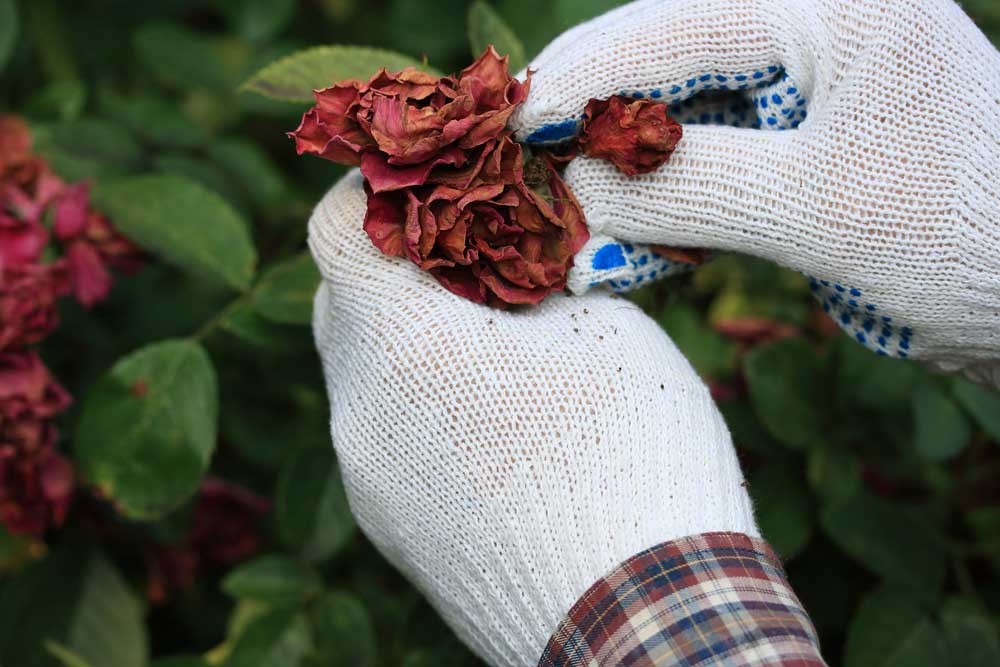
Another common issue with climbing roses is a lack of blooms. Here’s what you can do to encourage more blooms:
- Prune properly: Make sure you’re pruning your climbing roses at the right time of year and in the right way. Generally, it’s best to prune in late winter or early spring, removing dead or damaged canes and any unwanted new growth.
- Feed your roses: Roses are heavy feeders and need nutrients to produce beautiful blooms. Feed your roses every six weeks with a balanced fertilizer, starting in early spring and continuing until just before the first frost. Be sure not to over-fertilize, as this can lead to less blooms.
- Maintain enough sun exposure: Climbing roses need at least 6 hours of direct sunlight to perform optimally. Make sure they are planted in a location with enough sun exposure.
By addressing these common issues with the proper care and attention, you can help keep your climbing roses blooming all summer long. Remember to always be on the lookout for signs of stress and take action accordingly. Your roses will thank you for it.
Conclusion
By following these three secrets, you can ensure that your climbing roses bloom all summer long. First, make sure you choose the right variety of roses, focusing on those known for repeat blooming and disease resistance. Additionally, providing proper care with regular watering, feeding, and disease control will help your roses flourish throughout the season.
Remember to consistently prune and deadhead your roses, as this promotes new growth and encourages more blooms. If you’re diligent in your efforts and maintain a friendly and patient approach, your climbing roses will reward you with beautiful and vibrant blooms all summer long.
In conclusion, by selecting appropriate varieties, ensuring proper care, and keeping up with pruning and deadheading, you’ll have stunning climbing roses that provide a remarkable display in your garden all summer long. Enjoy the process and cherish the colorful results!





